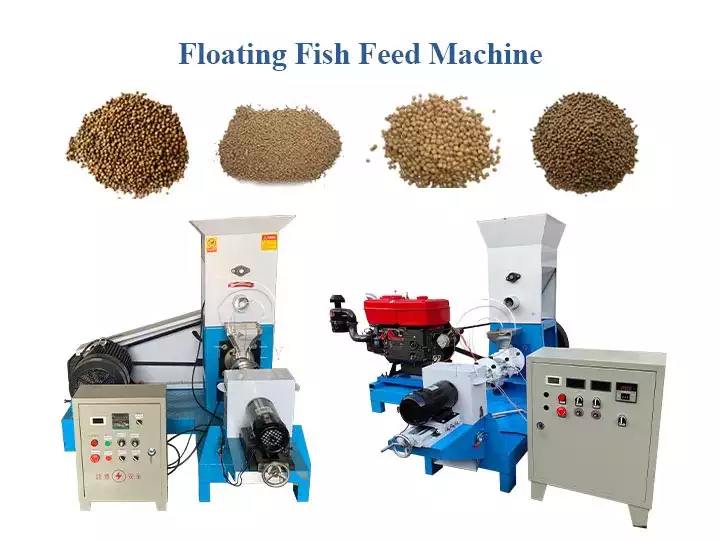Efficient Solutions for Enhanced Automated Feeding Systems in Modern Production Lines
ធ្នូ . 09, 2024 17:44 Back to list
Efficient Solutions for Enhanced Automated Feeding Systems in Modern Production Lines
The Evolution and Impact of Automatic Feeding Lines in Modern Industry
Automatic feeding lines represent a significant advancement in manufacturing and production processes, transforming how businesses handle raw materials and components. These systems are designed to automate the delivery of items to various points on an assembly line, thereby increasing efficiency, reducing labor costs, and improving overall productivity. This article explores the technology behind automatic feeding lines, their benefits, and their impact on various industries.
Understanding Automatic Feeding Lines
At its core, an automatic feeding line consists of various equipment and technologies that ensure the seamless movement of products or components from one stage of production to another. This system can include conveyors, feeders, pick-and-place robots, and sorting machines, all functioning together to automate the supply of materials to workstations. These lines can handle a wide range of items, from tiny components in electronic manufacturing to larger parts in automotive assembly.
The Technology Behind Automatic Feeding Lines
Modern automatic feeding lines utilize cutting-edge technology to ensure precision and efficiency. Computerized controls allow for real-time monitoring and adjustments, ensuring that materials are fed at the correct rate and in the proper sequence. Sensors play a crucial role in detecting jams or misalignments, enabling quick corrections that minimize downtime. Furthermore, integration with other systems, such as inventory management and production scheduling software, enhances the overall effectiveness of automatic feeding lines, allowing for streamlined operations.
Benefits of Automatic Feeding Lines
1. Increased Efficiency One of the primary advantages of automatic feeding lines is the substantial increase in operational efficiency. By automating the material handling process, manufacturers can maintain a continuous flow of components, which significantly reduces production cycle times.
2. Cost Reduction Automation reduces the reliance on manual labor, leading to lower labor costs. Additionally, fewer human errors result in decreased waste and lower material costs. Over time, these savings can be reinvested into the business for further innovation and growth.
automatic feeding line

3. Improved Safety Automatic feeding lines can enhance workplace safety by minimizing the need for workers to handle heavy or hazardous materials. By delegating these tasks to machines, the risk of workplace accidents and injuries is significantly lowered.
4. Consistency and Quality Control Automated systems provide consistent and accurate feeding of components, ensuring high-quality production standards. This consistency helps in maintaining brand reputation and customer satisfaction.
5. Scalability Businesses can easily scale their production capacities with automatic feeding lines. As demand grows, companies can expand their systems with additional feeders or lines without significant overhauls to their current operations.
The Future of Automatic Feeding Lines
Looking ahead, the future of automatic feeding lines seems promising, driven by advancements in technology such as artificial intelligence, machine learning, and the Internet of Things (IoT). These technologies will enable even further automation and optimization, allowing businesses to respond quickly to market demands and trends. Suppliers and manufacturers will increasingly rely on data analytics to fine-tune their feeding lines, enhancing predictive maintenance and reducing operational disruptions.
Moreover, the ongoing push for sustainable manufacturing practices is likely to influence the design and operation of automatic feeding lines. Energy-efficient systems and eco-friendly materials will become increasingly important as industries strive to meet environmental regulations and consumer expectations.
Conclusion
The introduction of automatic feeding lines has revolutionized manufacturing and production processes across various industries. By increasing efficiency, reducing costs, and improving workplace safety, these systems have become integral to modern production. As technology continues to evolve, the capabilities and applications of automatic feeding lines will only expand, further shaping the future of manufacturing and helping businesses meet the challenges of a competitive marketplace. Embracing automation in this context is not just an option but a necessary step for companies looking to thrive in an ever-changing industrial landscape.
-
Automatic Feeding Line System - Anping Yize | Efficiency&Durability
NewsJul.29,2025
-
Automatic Feeding Line System - Anping Yize|Poultry Efficiency&Durability
NewsJul.29,2025
-
Automatic Feeding Line System-Anping County Yize Metal Products Co., Ltd.|Durable PP Material&Easy Maintenance
NewsJul.29,2025
-
Automatic Feeding Line System-Pan Feeder Nipple Drinker|Anping County Yize Metal Products Co., Ltd.
NewsJul.29,2025
-
Hot Sale 24 & 18 Door Rabbit Cages - Premium Breeding Solutions
NewsJul.25,2025
-
Automatic Feeding Line System Pan Feeder Nipple Drinker - Anping County Yize Metal Products Co., Ltd.
NewsJul.21,2025






